The final, fifth year of Architecture School is basically a chance to go wild and make the most of being a student without any real clients or constraints. At the Mac, the Final Thesis project is normally located within a European City of the student’s choice, resulting in an in-depth study and ambitious proposal that challenges the current condition.
For this, it is obviously essential to have a really good understanding of the city – so I had originally hoped to put my skills to test in my hometown of Tallinn. Having been away for several years, especially after the recent work experience in NYC and Beijing, I thought I could combine a fresh look from the outside with an insider’s perspective.
Alas, the city for our Thesis projects had been pre-selected this year, so I found myself and all my classmates exploring Berlin instead. For a week, one could spot a GSofA Architecture student in virtually every corner of Berlin: we criss-crossed all the streets in our areas of choice; took infinite amounts of site photos; puzzled the locals by being extremely interested in some very specific things they never even noticed; and found our ways into the most private locations just to get a better understanding of how this city works.
Then, the research continued online. It’s incredible how much specific information can be found on the internet, and how it’s possible to re-create the history of a specific site in Berlin all the way from Glasgow, simply by knowing where to look.
I, for one, have been obsessed with studying the development of the
Friedrichstraße station and its surroundings, with a wealth of old maps, photographs and drawings helping me build an understanding of its complex history and importance throughout the various stages of Berlin’s history. Some of my favourite finds can be seen below:
 |
| The station today |
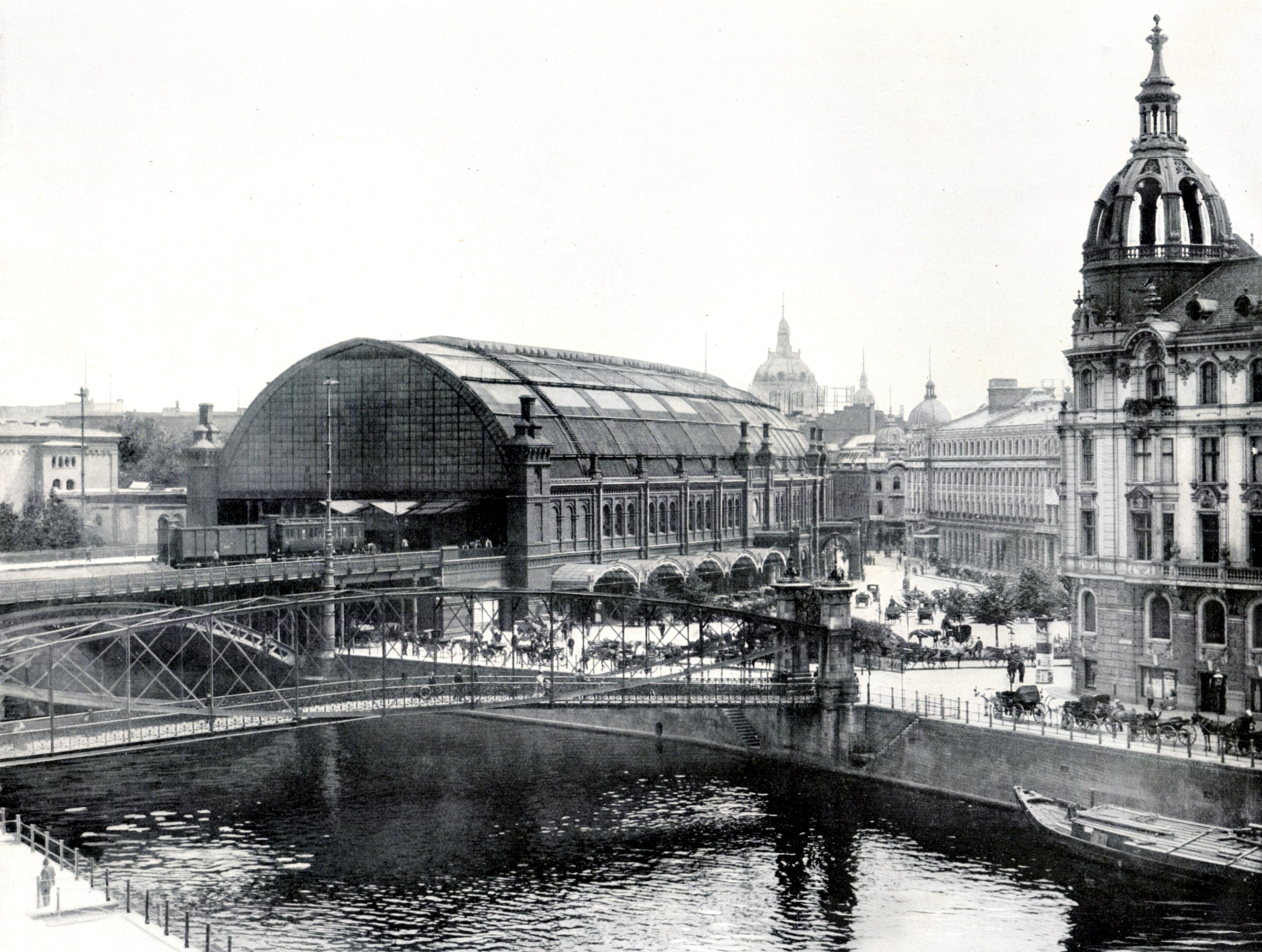 |
| Around 1900 |
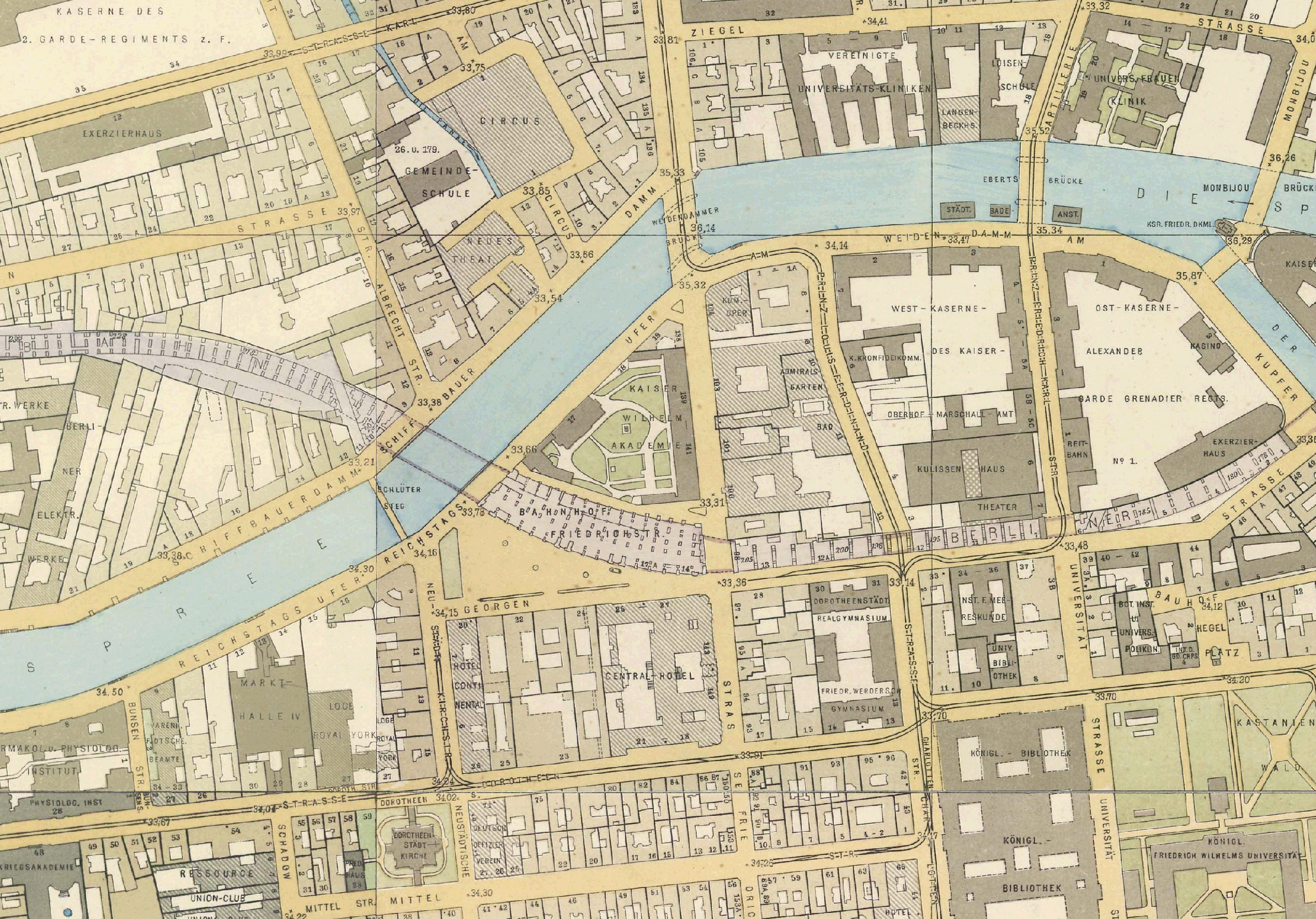 |
| 1910 |
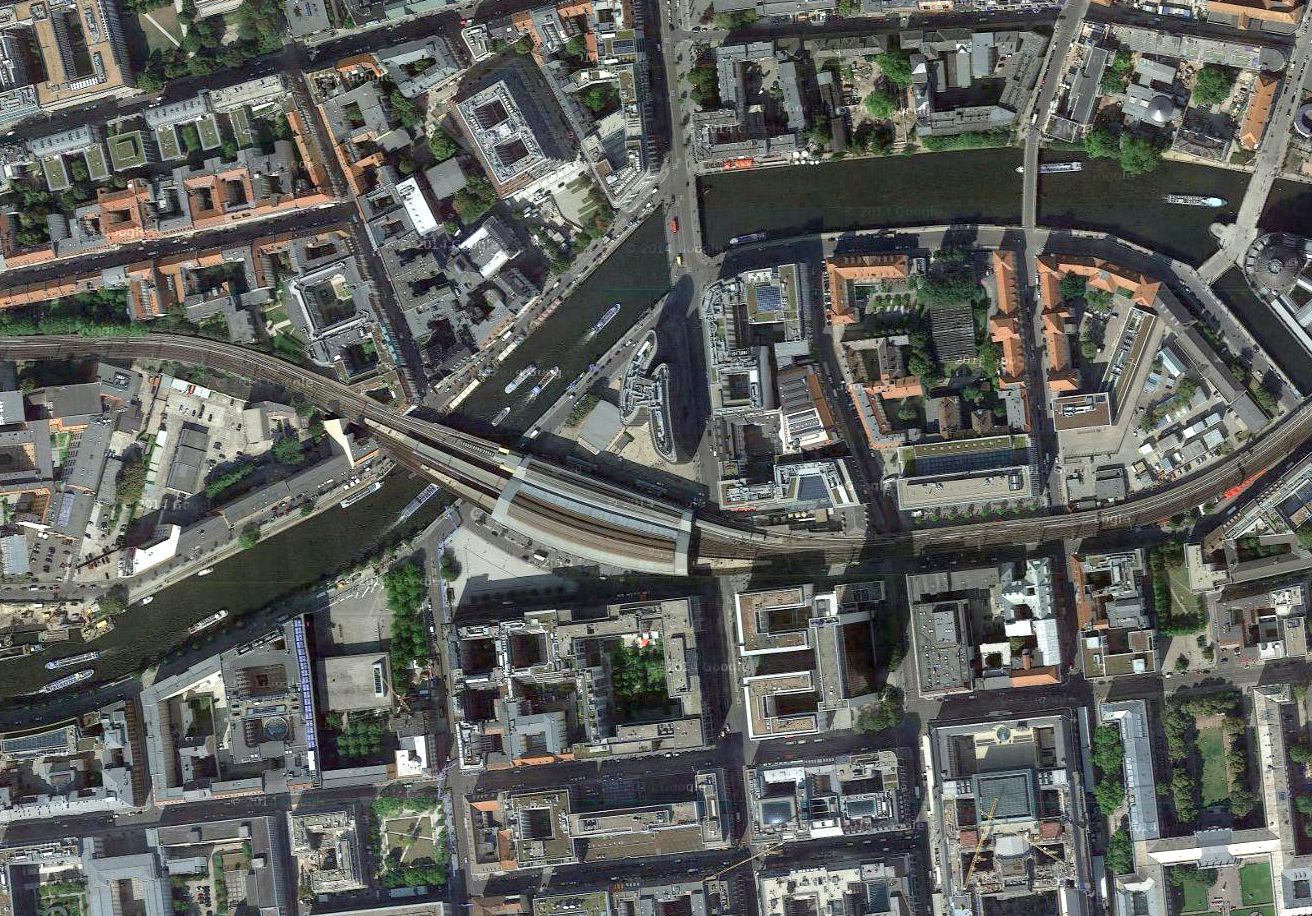 |
| 2014 |
 |
| 1885 |
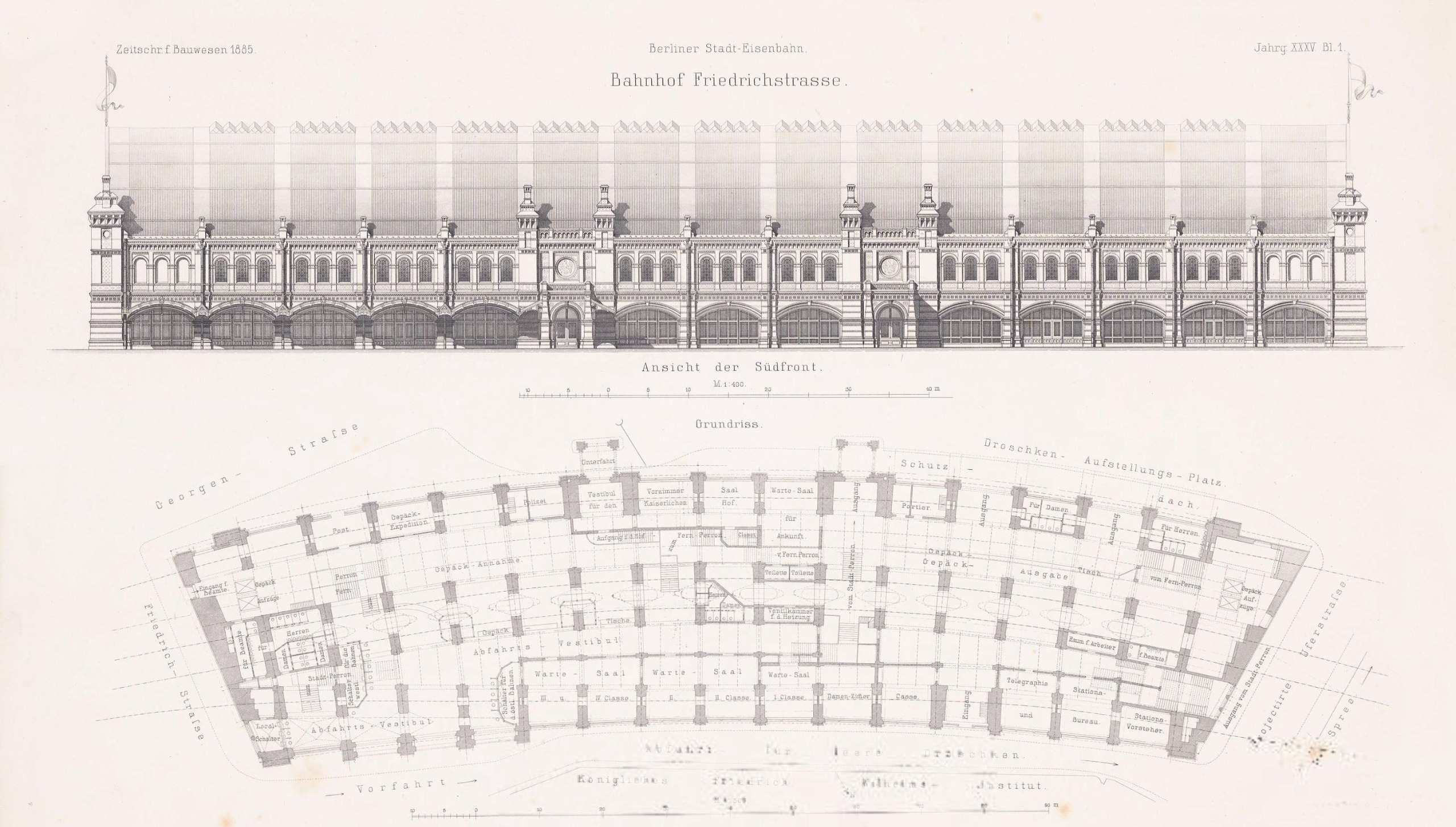 |
| Johannes Vollmer, 1885 |
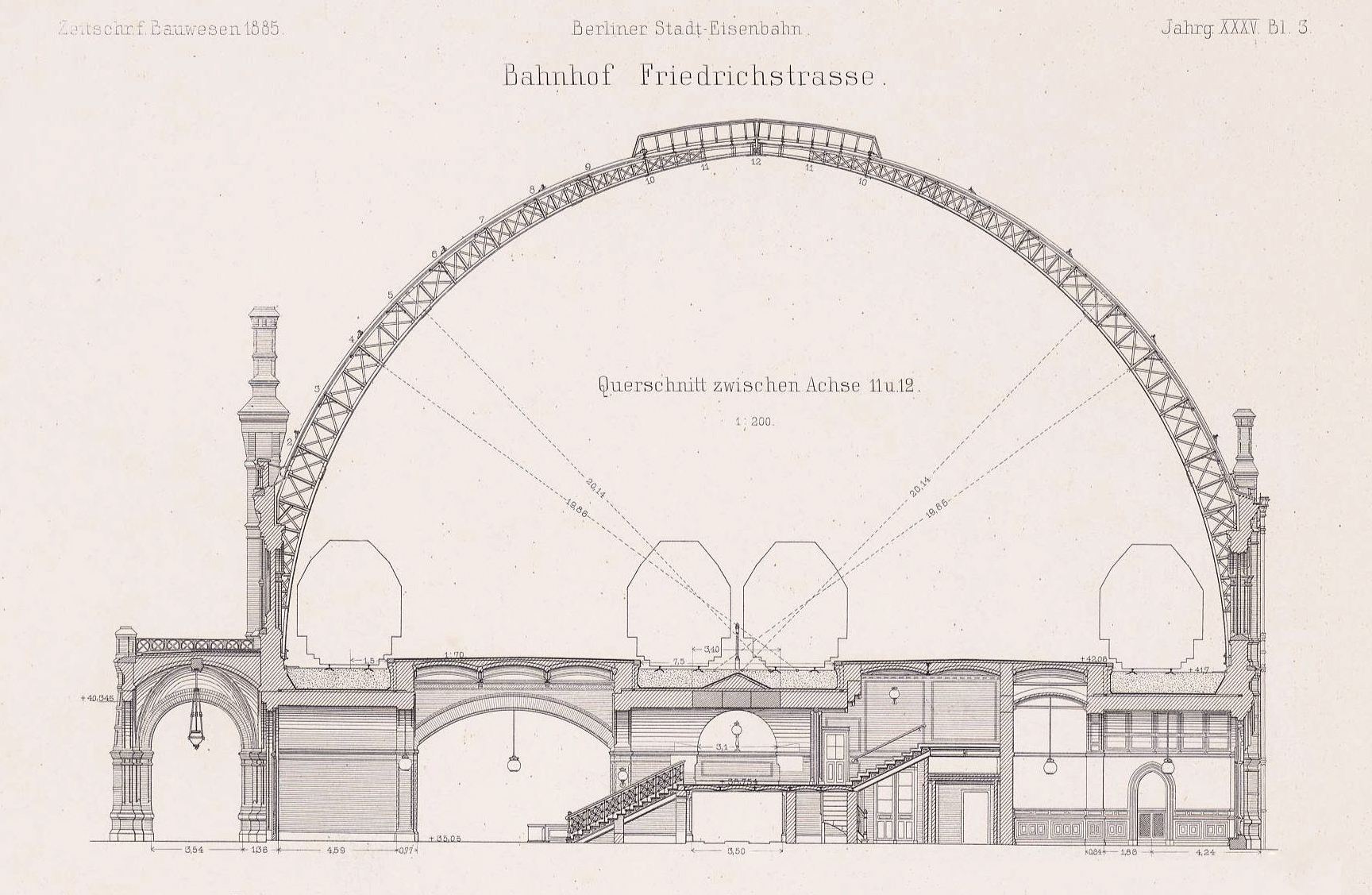 |
| Johannes Vollmer, 1885 |
 |
| 1898 |
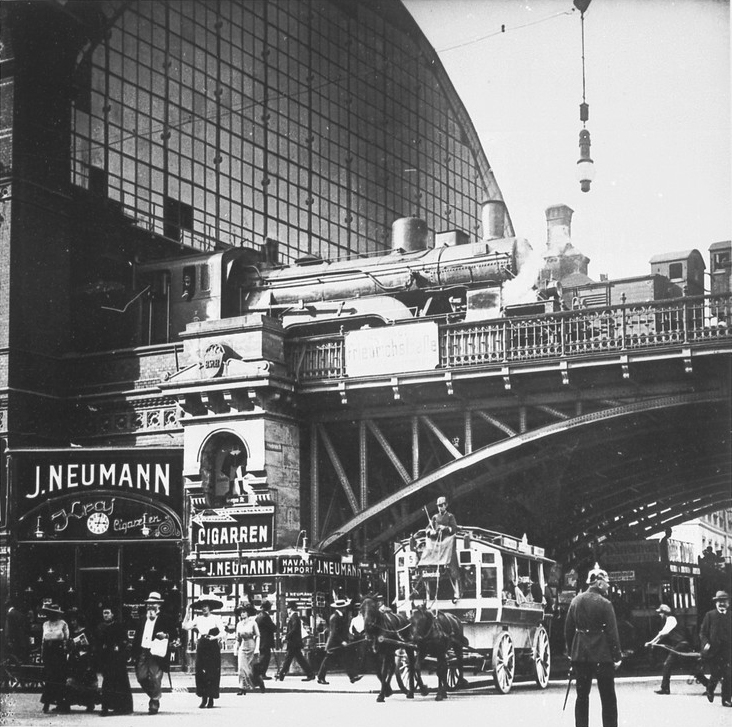 |
| 1906-1908 |
 |
| 1920 |
 |
| 1950 |
 |
| 1951 |
 |
| 1957 |
 |
| 1960s |
 |
| 1987 |
 |
| 10 Nov 1989 |
 |
| 2014 |
In addition to being a significant transport / culture hub at all times, the Friedrichstraße station has also played a curious role during the period of the divided Berlin: located entirely in East Berlin, it continued to serve trains and the subways from the West as well, and was in fact a major border crossing between the opposing regimes – an odd three-dimensional structure where the different worlds were effectively layered on top of each other. Today, exactly 25 years after the fall of the Berlin wall, it is hard to believe – the only obvious remnant from the time is the structure of Tränenpalast (‘Palace of Tears’) where Berliners from either side said their tearful goodbyes. In 2014, the Friedrichstraße station is instead the city’s busiest point of connection – a key intersection between subway lines, trams, ferries, buses, raised railway lines as well as the major shopping / leisure street.
In terms of context, there could hardly be a site more charged and complex than this. Watch out for future blog posts to see my Final Thesis develop within this urban knot!

















